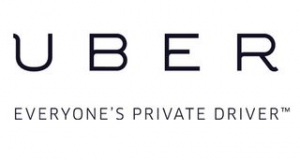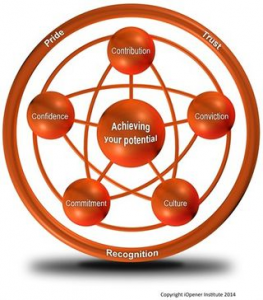The most common question anyone has ever asked me regarding the hiring process is, “What is the key component to determining who will be successful?”
There are far too many variables to the answer to recount them all here. However, if I were forced to pick one single variable that predicts success, it would be the well – documented, difficult to measure…“Grit.”
We have written about this elusive trait on several occasions and will most likely revisit the topic in the future.
Why? Because I have become aware of a new possibility. Understanding “Grit,” may help you, not only identify those most likely to succeed, but perhaps more importantly spread it throughout your organization, if harnessed correctly.
This new insight came while reading a recent Seattle times article: True Grit: Earl Thomas, Byron Maxwell have what might be ‘key ingredient’ for Seahawk success.
Most of the Seattle Seahawks players and management attributed last year’s Super Bowl success to more than just talent. Seahawk’s manager, Pete Carroll, finally has a name to call this mysterious condition that has infected this rabidly aggressive team. The following are excerpts from the above article.
“In May of last year, before going to bed, Pete Carroll pulled up a video of a TED talk. The woman giving the talk was Angela Duckworth (pictures above), an associate professor of psychology at the University of Pennsylvania. Carroll knew nothing about her at the time but the topic hooked him….
Later that week, Carroll and Duckworth connected on the phone, and their conversations have helped define what the Seahawks are looking for in players.
What Duckworth and Carroll discussed is something she describes as one of the most significant predictors of success in humans; Carroll calls it “maybe the key ingredient” for players.
What they talked about is grit….
Duckworth became fascinated by grit while teaching math in New York City public schools. She noticed that her best students weren’t always her smartest ones. A few years later, she became a psychologist to find out why.
That led her down the rabbit hole chasing a broad question: Who is successful here and why? She traveled to West Point, to the national spelling bee and to classrooms across the country and tried to predict who would be successful.
“In all of those very different contexts, one characteristic emerged as a significant predictor of success,” she said during her TED talk. “And it wasn’t social intelligence. It wasn’t good looks, physical health, and it wasn’t IQ. It was grit.”
“Grit is having stamina,” she said during her TED talk, a broad series of talks and conferences aimed at creative or innovative ideas. “Grit is sticking with your future, day in and day out. Not just for the week, not just for the month, but for years. Grit is living life like a marathon, not a sprint.”
Carroll and the Seahawks are still looking for the same general qualities in players: competitiveness, resiliency and determination. Carroll has spouted those words for years, and they are not unique.
But grit is now a defined part of the Seahawks’ lexicon, and it is an important factor in their hunt for players. They now have a vocabulary for the values they’d always held. The Seahawks have even mined information from current players with grit to see what their backgrounds might tell them about future players.
But what prompted Carroll’s call to Duckworth in the first place was the way she ended her TED talk. Parents and teachers always ask her how they can build grit.
“The honest answer is, I don’t know,” she said. “What I do know is that talent doesn’t make you gritty.”
Carroll thought Duckworth left everyone hanging and told her as much. “I said, ‘Come and watch us. All we do is try to help people be great competitors,’ ” he said during a recent talk at USC. “That’s what we’re trying to do, and we’ve been teaching competitive for a long time and developing it, and watching story after story of people change.
“She just didn’t have our laboratory. She didn’t have the environment that we had to do it in.”
He then told the story of Earl Thomas’s (and a few other players) influence on the remainder of the team.
“Let me give you a firsthand example,” he said.”
Carroll went on to describe how Earl Thomas was indeed naturally born with this elusive trait. However, because of his fire, and the team’s commitment to creating an environment dedicated to replicating that “constant competition from the top down,” he has transformed many other players (Vernon Maxwell a great example) into a “Gritty” bunch of players.
You might say, the Seahawks didn’t demonstrate much grit this past weekend, but I would disagree (and so would they). The Chargers just had more grit on that day.
So, can this be done in other environments? Can other teams learn to develop this? Can organizations learn to develop this? If so, how?
I am going to ponder this and look for examples where I have witnessed something similar in other organizations and get back to you soon.
 This article was written by Dr. David Mashburn. Dave is a Clinical and Consulting Psychologist, a Partner at Tidemark, Inc. and a regular contributor to WorkPuzzle.
This article was written by Dr. David Mashburn. Dave is a Clinical and Consulting Psychologist, a Partner at Tidemark, Inc. and a regular contributor to WorkPuzzle.











